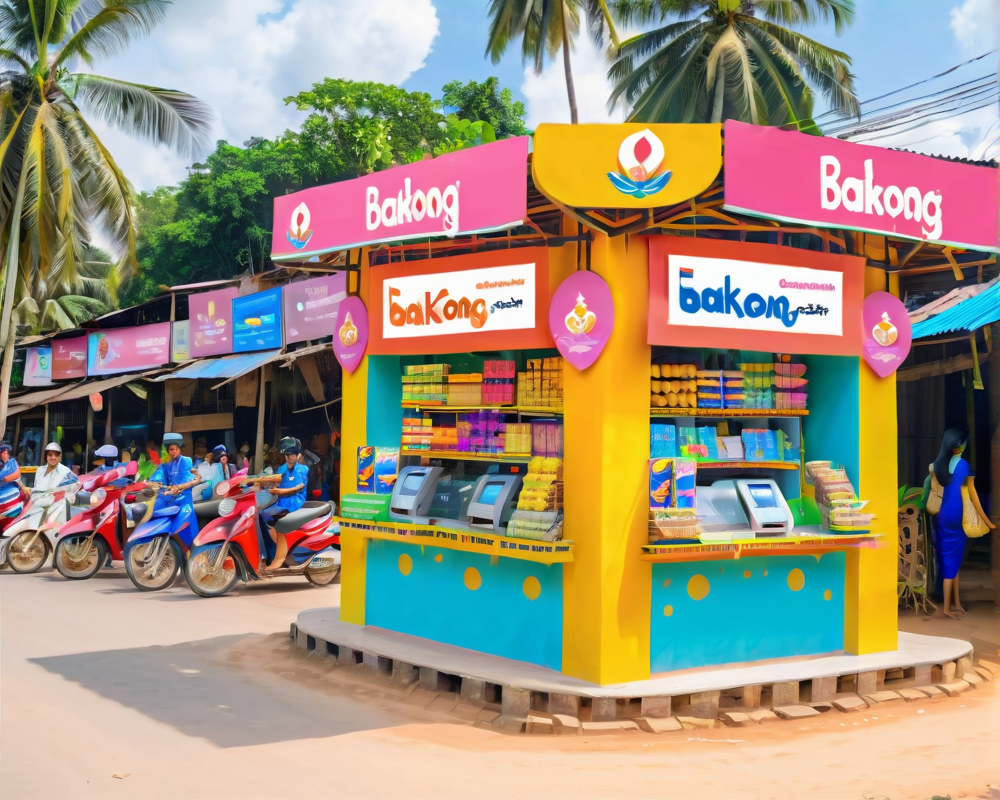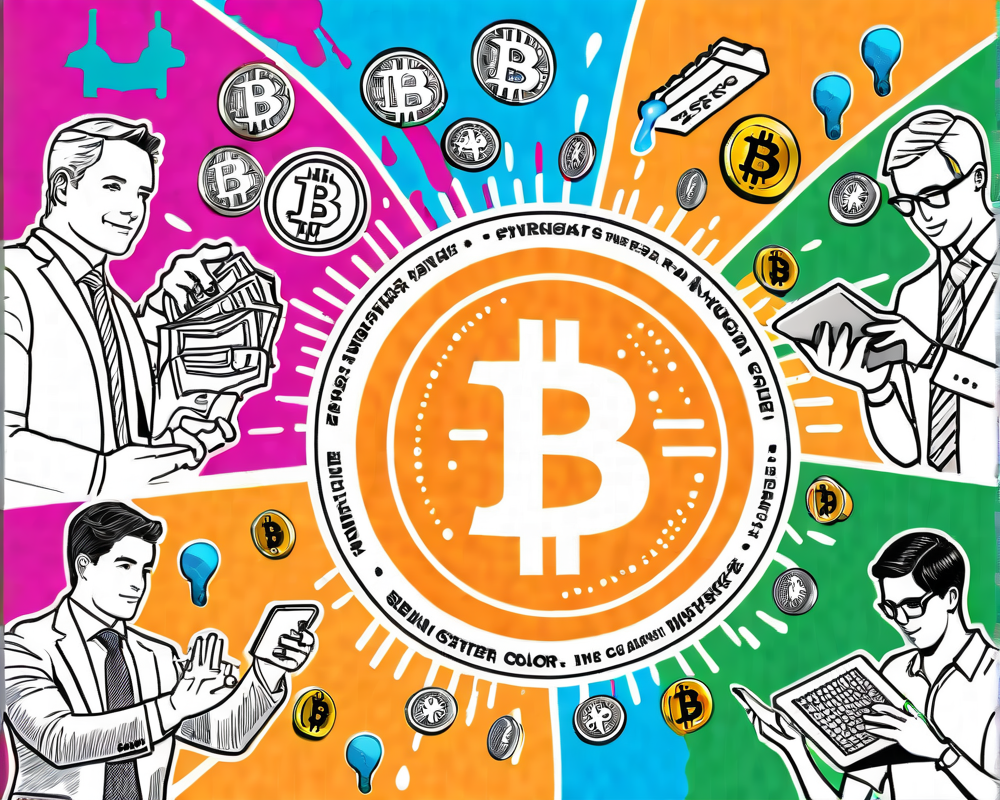The Birth of Bakong
In a bold move to dive into the digital finance pool, Cambodia has officially introduced Bakong, a blockchain-powered platform designed to streamline money transactions. This initiative, spearheaded by the National Bank of Cambodia, marks the country’s foray into the ever-evolving realm of digital currencies.
A Collaborative Effort
Bakong didn’t happen overnight. Its development was a joint effort that engaged several crucial players in the financial sector, with notable involvement from PRASAC—a local financial giant. From its inception in October 2019 to its official launch on October 28, 2021, Bakong reflects Cambodia’s ambition to modernize its financial landscape.
What Makes Bakong Unique?
This platform positions itself as a hassle-free payment tool that allows users to execute interbank transactions and settle bills with ease. According to PRASAC’s executive vice-president, Sony Say, Bakong promises to deliver speed, security, and—best of all—no transaction fees!
- Interbank transactions
- Bill payments
- E-wallet features for deposits and withdrawals
Riding the E-Payment Wave
Chea Serey, the director-general of the National Bank of Cambodia, expressed hope that Bakong would boost social welfare. He noted that in our current climate—especially with the ongoing pandemic—this digital system could facilitate seamless, person-to-person payments while promoting safety through reduced physical interaction.
Is It Really a CBDC?
It’s essential to clarify a common misconception: despite its technological advancements, Bakong is not a Central Bank Digital Currency (CBDC). Serey was quite explicit about this in media statements, reaffirming that while Bakong operates on an innovative platform, it is far from being classified as a CBDC. The distinction prompts questions about its position in the global currency race.
The Global Context
Globally, many countries are racing to establish their own digital currencies. The U.S., however, is taking a more cautious approach—preferring to prioritize accuracy over trajectory. Still, Bakong’s introduction adds another layer to the ongoing conversation around CBDCs and digital payment solutions.
Final Thoughts
Bakong isn’t just another payment system; it symbolizes Cambodia’s aspirations to keep pace with technological innovations. As countries worldwide explore the future of money, Bakong could serve as a valuable case study in the importance of collaboration, innovation, and clarity amidst the complex world of digital currencies.




